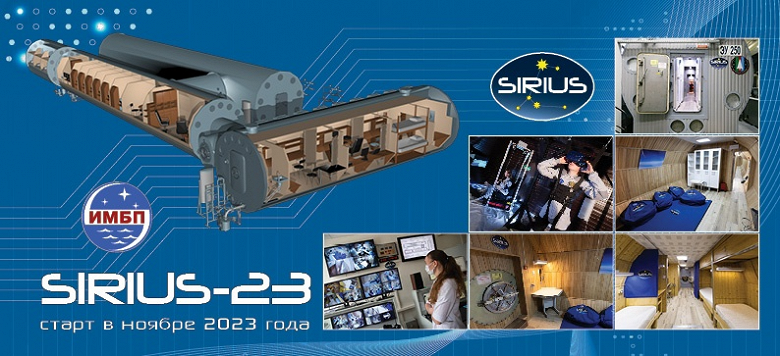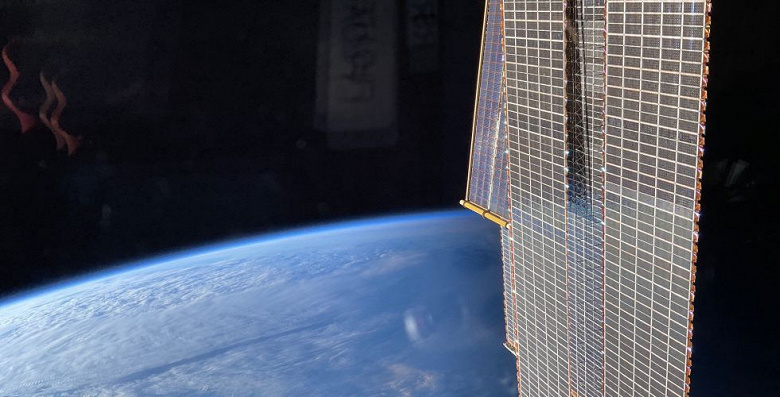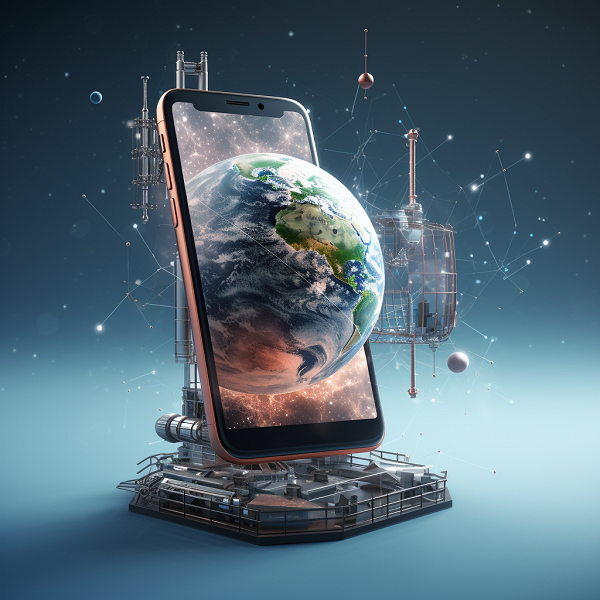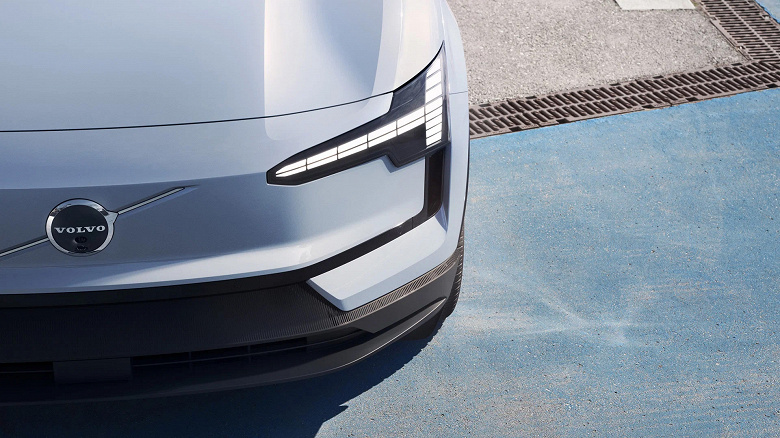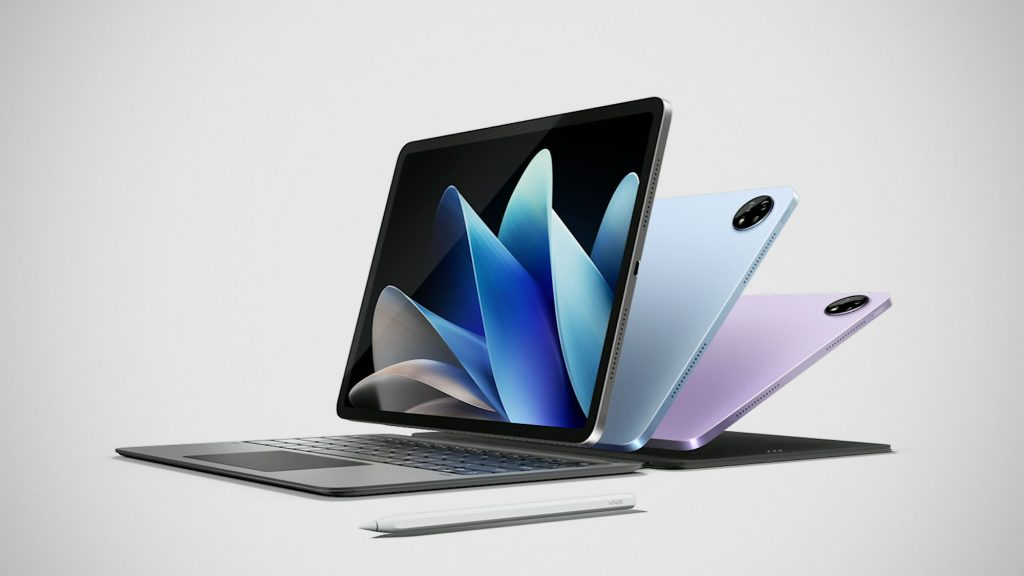NASA engineer told how it is – to control the rover
In less than two months, the American aerospace agency NASA plans to land a new rover on the Red Planet. If all goes according to plan, the Perseverance rover, equipped with a variety of scientific instruments, will open a new page in interplanetary research in mid-February next year.

